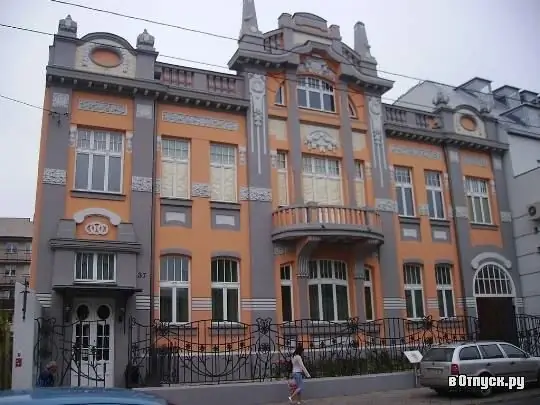
Description of the attraction
Historical Museum - a museum in the Polish city of Bialystok, is part of the Podlesie Museum. The museum has a rich collection of archival materials, iconography illustrating the history of Bialystok, the collection of coins has more than 16,000 items. In total, the museum houses over 35,000 exhibits.
At the beginning of the 20th century, the building that now houses the museum belonged to Bert Lurie. The new owner, having bought the house from Adolf Krinsky, began renovations. In 1913, the building received a new elegant Art Nouveau façade. The architect is still unknown. In 1923, Lurie sold all the property to Samuel Kutronov, a co-owner of a textile factory.
After the First World War, Samuel's son Benjamin lived in the house. After 1927, the office of the tax inspectorate was located on the first floor of the building. After the outbreak of World War II, the house was occupied by the National Society of East Prussia. Two years after the end of the war, the Society was renamed the Regional Bureau of Public Security. Until 1974, the headquarters of the Bialystok police was located here, and in 1976 the Museum of the Revolutionary Movement was opened, which in 1990 was transformed into the Museum of History.
In 2008, a group of students from the University of Bialystok and volunteers developed and opened a permanent exhibition “Jewish Heritage in Bialystok”.
A special place in the permanent exhibition is occupied by the largest collection of things related to the Tatar settlements in the Polish-Lithuanian lands. The most valuable exhibits are elements of handwritten Islamic religious books, in particular the Koran.
Reviews
| All reviews 0 Anatoly 08.11.2013 0:50:58
anatoly we wanted to add more kolso from silver 18th - 19th century






